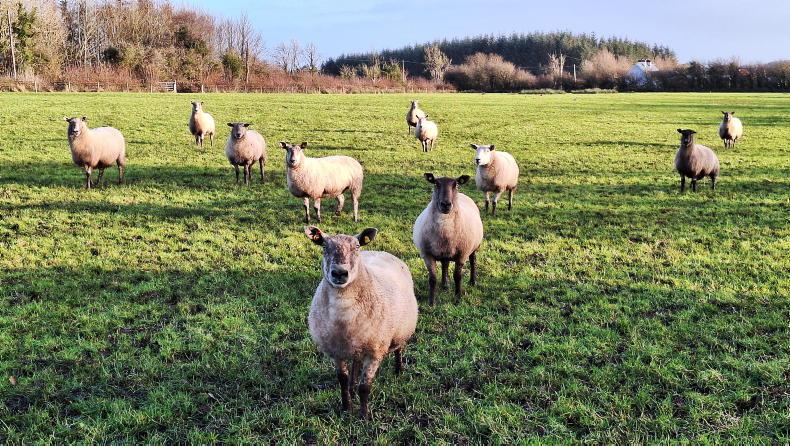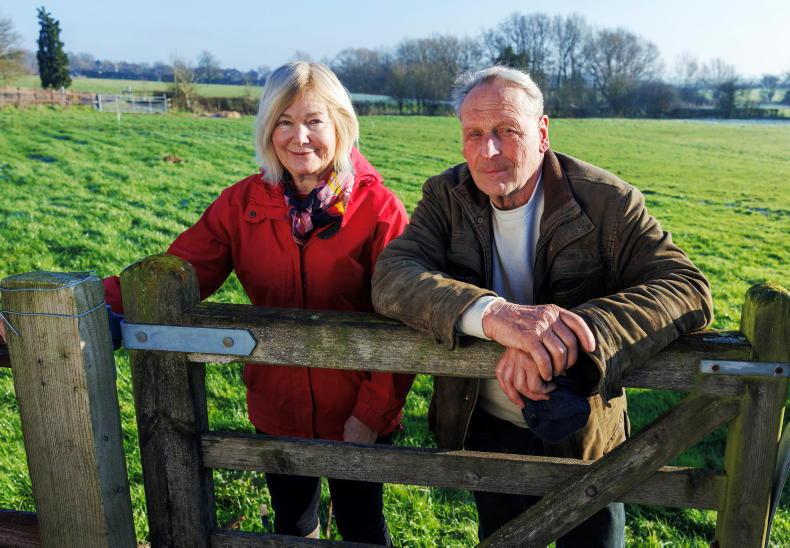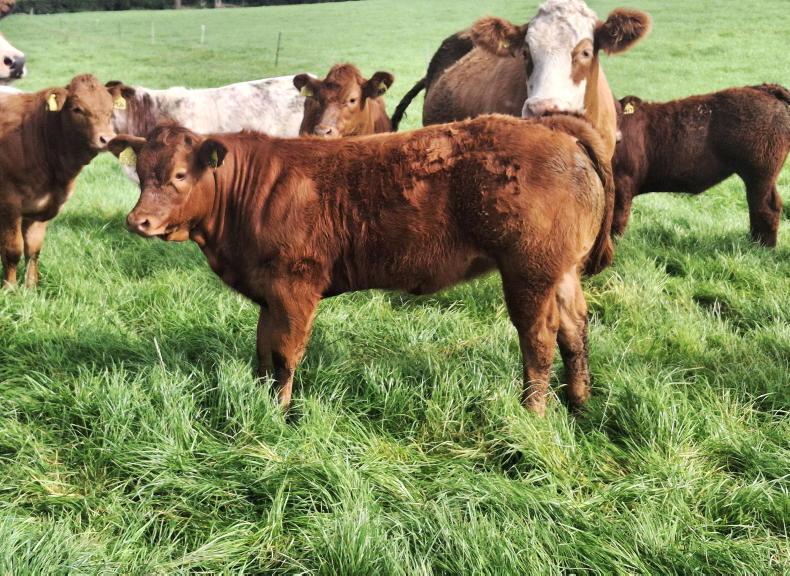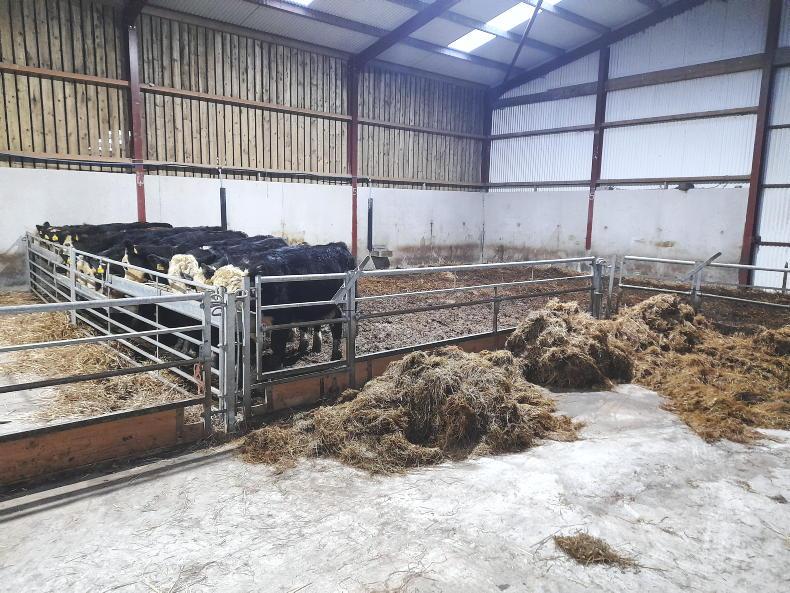The inclement weather in recent months has taken its toll on sheep, with lamb performance on a forage-only diet struggling, while ewe performance has also been curtailed by the persistent weather challenges.
Grass reserves have diminished at a much faster rate, with difficult underfoot conditions leading to poor grass utilisation.
The relative improvement in weather seen over the last week has allowed ground to soak and is helping utilisation.
It will hopefully prolong the grazing season, but it will not reverse the damage done in recent weeks – meaning winter feeding and housing is on the agenda at a much earlier stage for a significant cohort of farmers.
Closed paddocks
It is worth noting that grass growth on closed paddocks has been pretty good, but any temptation to enter these areas should be avoided.
The reprieve achieved now pales in comparison to the benefit achieved next spring and will double costs compared to introducing feed in the coming weeks.
Many farmers may be reluctant to introduce supplementary feed at such an early stage, with tight straw supplies also encouraging some farmers who would normally house in December to look at delaying housing.
Delaying housing should not interfere, however, with feed being introduced where required, and if this is the case, then options to supplement ewes outdoors should be adopted.
A failure to provide adequate feed will only lead to ewes utilising body reserves in mid to late gestation, which in turn will increase the risk of metabolic disease and increase the level of concentrate supplementation required in late gestation and early lactation.
Feed demand
An essential component in satisfying ewe nutritional requirements is knowing the quality of feed on hand and a ewe’s feed requirement.
For example, in mid-pregnancy, a 70kg mature lowland ewe will require 0.8UFL to satisfy maintenance demands.
In a normal year, maintenance needs will easily be satisfied by ewes grazing swards, which have been allowed to bulk up during autumn, and cleaning off paddocks.
The complication this year is low levels of grass utilisation. To achieve an intake of 1.3kg grass dry matter, ewes will need to be offered 1.7kg grass dry matter at 70% utilisation.
In reality, this will increase to an allocation of over 2kg dry matter where utilisation is in the region of 50% to 60% and grass dry matter is low.
Energy values
Table 1 shows the energy feeding value of silage and hay of varying dry matter digestibility. Access to moderate-to-good-quality silage of 67DMD to 70DMD will be sufficient for ewes in good body condition during mid-pregnancy.
As long as protein levels are also reasonable (11% to 12%), then no supplementation with the exception of mineral/vitamins, if required, is necessary. The same can typically be said of top-quality hay, as ewes have a higher intake capacity due to the higher dry matter.
To satisfy maintenance demands, ewes will need to consume about 1.1kg to 1.2kg silage dry matter. This is equivalent to 5kg silage freshweight at 20% dry matter, or 3.5kg to 4kg freshweight at 25% to 30% dry matter.
Conditions for harvesting feed were challenging for many farmers this year, with a significant percentage of swards gone well beyond optimum cutting dates, while dry matter levels are in many cases much lower.
Poor-quality low digestibility silage will depress intake in ewes and leave them unable to physically consume enough silage to satisfy nutritional demands.
Poor and wet silage
For example, if we take silage of 60DMD and lower which has been ensiled wet and, as a result, preserved poorly, ewes will at best only be capable of consuming 0.6kg to 0.7kg DM.
When combined with the poorer feed value, ewes offered such silage will only be receiving 50% to 60% of their daily nutritional requirements. The long-term consequences of such a scenario are losses of up to 1kg liveweight or higher per week.
This reinforces the importance of getting feed analysed early and formulating a winter feeding programme that ensures body condition is maintained.
Options to supplement poor-quality silage and increase energy intake include offering ewes concentrates, feed buckets, cobs, etc.
Concentrates are the lowest cost option, but is often not readily practical where supplementing high numbers in a batch.
Where concentrates are being offered in mid-pregnancy to the start of late-pregnancy, then there is typically no need for the high-protein feed (18% to 20% crude protein) offered in the final weeks of gestation.
The aim during this period is to raise energy levels and, as such, a standard cereal-based ration or straight cereals can work ok. The lesson, again, where offering with silage or hay, is to identify the level of protein.
It is vital that ewe condition is monitored regularly over the coming months to ensure that practices adopted are maintaining body condition.
It may be a case of segregating younger ewes, which have a higher maintenance requirement than older ewes for priority feeding.
Or, in the case of housing and tight straw supplies, options which may work include housing ewes that require preferential treatment and retaining young, fit ewes in good body condition outdoors.
The options available will be maximised by early intervention and putting a plan in place to prevent rather than react to issues.










SHARING OPTIONS